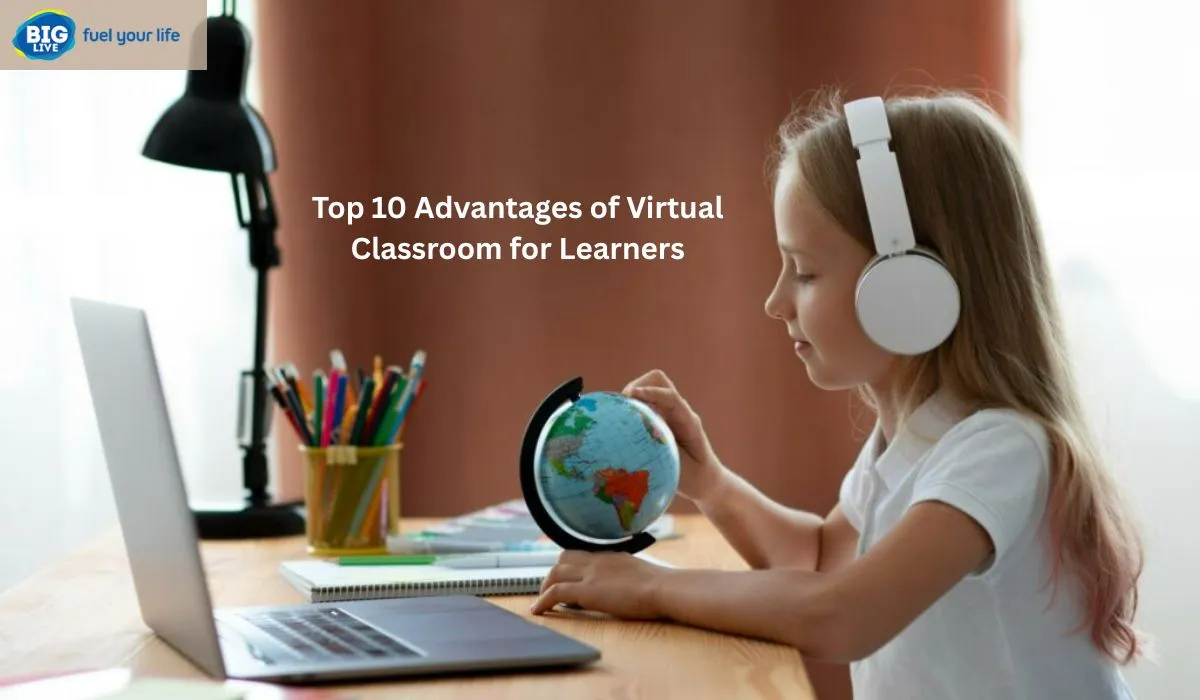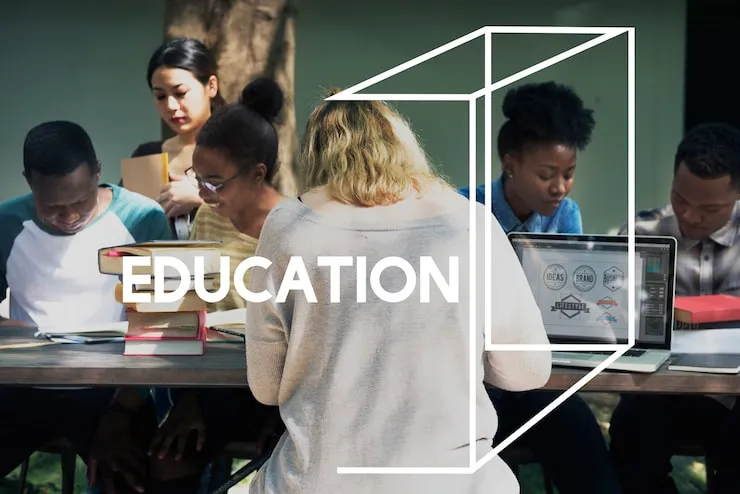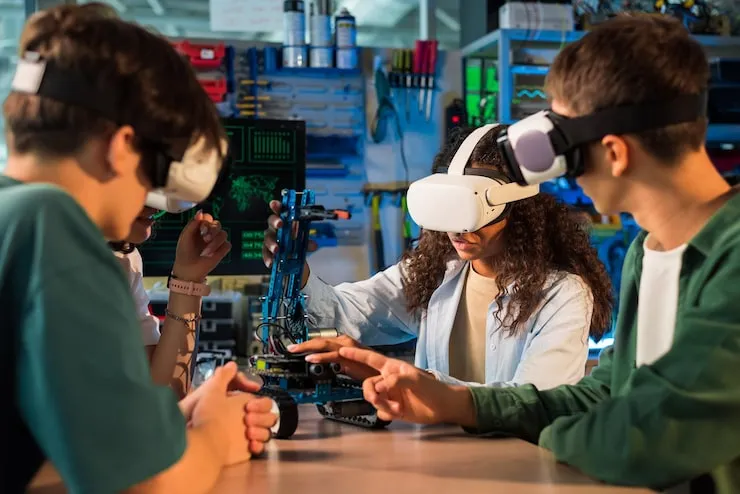The advantages of virtual classrooms have changed how we get education nowadays. From school students to working office workers in offices aged between 10 to 60 years. This type of studying has crossed geographical barriers and introduced a new area to accessible, flexible, and engaging education.
In this article, we’ll find it in-depth. What are these classrooms, their features, benefits, and also mention its downsides to give you a balanced view.
What is a Virtual Classroom?

It is an online learning method that enables real-time interaction between teachers and students using digital platforms like zoom and google meet. This setup copies an old classroom but offers the flexibility of gaining education from any location.
It includes tools like video chats, chat boxes, file sharing, whiteboards, and quizzes.
Read Also: Top 10 Personality Development Activities for Kids
10 Advantages of Virtual Classroom
-
Flexible Learning Environment
One of the most important benefits of it is flexibility. In today’s world learners no longer need to come and go or be naturally present in a fixed location. They can attend sessions or classes from their home, a cafe, or even while traveling at any time.
- Students can have balanced studies with part-time jobs.
- Those who are working in office or part time workers can update without breaking work time tables.
- Parents can learn beside children in a shared home environment.
-
Time and Cost Efficiency
Virtual classrooms remove moving from one place to another, housing, and physical infrastructure costs. Institutions save on electricity and keeping, while students cut down on travelling and food expenses. These cost savings make quality education more ready for everyone.
-
Personalized Learning Step
Every learner is different. Some hold topics Fastly, while others need more time to understand things. These allow:
- Reviewing recorded lectures.
- Accessing additional study materials.
- Taking interesting quizzes and tests according to one's comfort zone
This promotes self-learning, which increases understanding and support.
-
Wider Course Options and Expert Access
Students are no longer limited to local institutes. They can now enrol in international universities. Attend lectures by global experts, and choose from thousands of online courses across multiple fields. From AI (Artificial Intelligence) and finance to languages and creative arts.
-
Interactive Tools and Multimedia Tools
Unlike old classrooms, online platforms offer a high variety of multimedia:
- User- friendly whiteboards
- Live polls and quizzes for students
- Screen sharing and participative documents
- Game based studying techniques
These tools serve different training styles. Make lessons more engaging and effective.
-
Improved Technological Skills
Using online platforms increases digital being among learners. Students become experts at crossing LMS (Learning Management Systems). Collectively from cloud tools, and using communication software — skills important in today’s online world.
-
Completeness and Accessibility
Virtual study also supports students with bad physical health or chronic health issues. Who may find challenges attending physical classes. Also, learners from rural areas or needful areas gain access to global education tools. They couldn’t have imagined in their life otherwise.
-
Real-Time Feedback and Judgement
Digital classrooms often join study tools. They allow teachers to check participation, performance, and understanding of the learners. Teachers can:
- Provide fast feedback through chats and emails.
- Use AI-driven platforms to mark assignments.
- Monitor student progress continuously.
-
Eco-Friendly and Paperless Learning
Going digital significantly decreases paper use and also saves trees. From notes to work and exams, everything is done online on digital platforms. Minimizing waste and helping environmentally friendly schooling. you need to know about the advantages of virtual classrooms.
-
Safety and Convenience in Difficult Times
During world crises like pandemics or acts of God, like when COVID-19 grow over the world, online classrooms check continuity in education. Students stay safe at home, and their school journey remains unbreakable.
You May Also Like: Integrating Personal Development Into Classroom
Virtual Classroom Meaning for Different Age Groups?

Whether you're a school student, a college going student, or a 50–60-year-old worker. Who is looking to change careers, its meaning changes based on your goals.
For young students, it's a changing way to learn basic subjects. For college students, it opens doors to international teamwork. For adults, it provides a path for lifelong learning and career growth.
Disadvantages of Virtual Classroom
While no doubt the advantages of digital classrooms are impressive. It’s also important to understand o read the disadvantages of it as well:
- Lack of Physical Contact: Students may feel lonely without friends contact in these types of meetings
- Technical Issues: Poor internet connectivity in some areas or lack of devices can slow down or block the learning process.
- Disturbance at Home: The home environment might not always be good to focus on studies.
- Limited Hands-On Learning: Practical or lab-based studying is not possible on the online mode.
- Screen tiredness: Long hours of screen showing can lead to health issues.
Despite these downsides with the right strategies, many of these issues can be managed easily.
Why Virtual Classrooms are becoming the Future of Education?
Technology and education are changing together. As we adapt to a digital-first world, digital classrooms are not just a temporary solution — they are a permanent match in modern learning.
Schools, universities, and training centres must accept this change to meet the expectations of todays and tomorrow’s learners.
These classrooms offer a normalized way of training environment where talent, not geography or income, advantages of virtual classrooms.
Final Conclusions
Understanding what it is and its many angles allow learners and teachers to hold its full future. As the digital age continues to unfold, accepting its meaning in its most great form can reshape the World’s education system.
From flexible access to improved outcomes. The benefits of online classrooms make it one of the most powerful tools of the 21st century.













